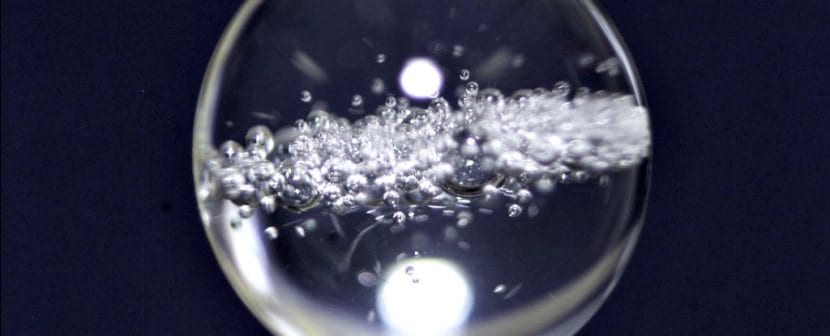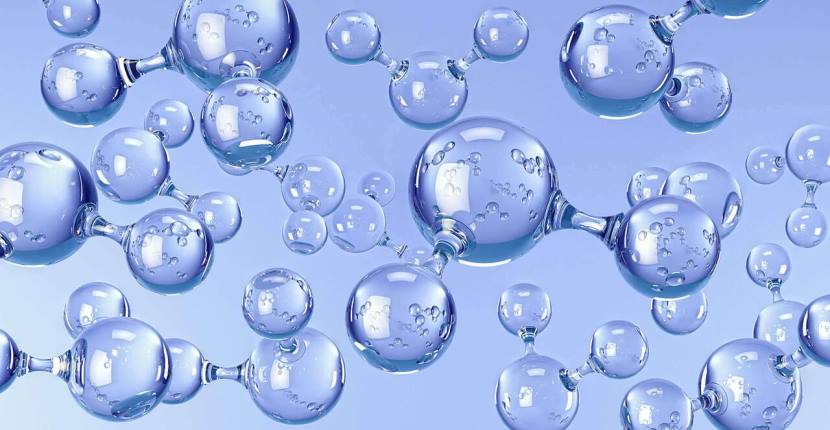
At this point it will surely not surprise you if we return to talk about a topic that seems to be recurring at this time, to talk about some type of government or private company that surprises us with its plants to send humans to Mars with the ultimate goal of colonizing it. While this is happening, the truth is that there are many resources invested to achieve it, we still have to solve certain issues such as get some source of oxygen that we can use.
An issue that seems to be of special importance, not only because it is vital for human beings to survive outside the planet, but also because of the large number of planets that scientists are discovering and that they have many characteristics similar to those of the Earth, which are usually located in stars close to our Sun.

There is still a long way to go before human beings can live in space for long periods of time.
Unfortunately, despite all these discoveries, the truth is that still we have not been able to discover the way in which human beings can survive in space for long periods of time. One of the main challenges that we have to face and solve is to be able to transport enough oxygen for astronauts to breathe, something that implies carrying enough fuel with us that must be used to power complex electronic components.
At this point today I want to tell you about a latest research published Nature Communications. where we are told about how a team of scientists has achieved nothing less than to develop the methodology to produce hydrogen, which would be used as fuel, and oxygen from water. For this you must use a semiconductor material and sunlight, or starlight. This technique can be used in zero gravity, something that is vital for it to be carried out in space.

This new methodology to get oxygen from water could be used in space
As discussed in the published article, using the Sun as a source of energy to fuel our daily lives is one of the greatest challenges that we do not face on Earth. In this way, as we stop consuming oil to bet on renewable energy sources, researchers begin to be interested in the possibility of using hydrogen as fuel.
The best way to achieve this goal is to divide water into its two components, hydrogen and oxygen. This is possible today using a fairly complex process known as electrolysisBasically what this method does is send a current through a sample that contains a soluble electrolyte. This causes the water to break down into oxygen and hydrogen which are released separately at the two electrodes.
The main problem with this method is that, although the human being knows how to carry it out, on Earth we do not have an infrastructure related to hydrogen to be able to use it in a much more common way. We are talking about charging stations for example.

In addition to breaking down water into hydrogen and oxygen, this methodology can reverse the process
This is where many scientists have found in this technology the ideal way to make our rockets of the future much safer. Imagine if instead of using flammable fuel as up to now these were loaded with water tanks. To do this today there are two options, one necessarily involves electrolysis using electrolytes and solar cells to capture solar energy and convert it into electrical current, an alternative would be to use the so-called 'photocatalysts', same as they work by absorbing light particles in a semiconductor material inserted into water.
Perhaps one of the most interesting parts of this new technique is that it can literally be reversed, that is, once the water has become hydrogen and oxygen, they can be put together again using a fuel cell that would return the solar energy absorbed in the process of 'photocatalysis', energy that could later be used again by the different electronic devices of the ship. This combination is only capable of forming water as a product which means that it serves as a form of Recycle water, something that can be key to a very long space trip.